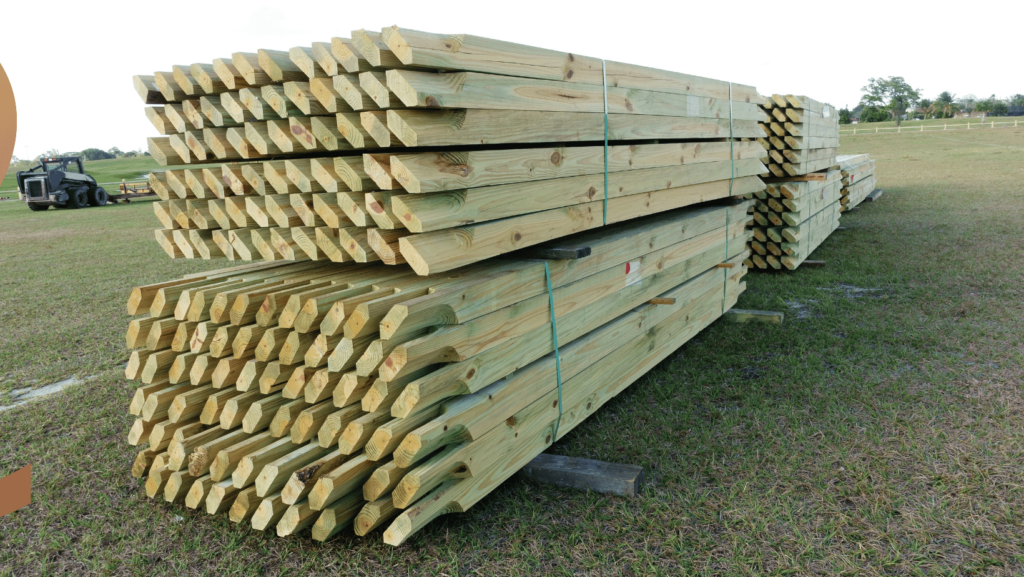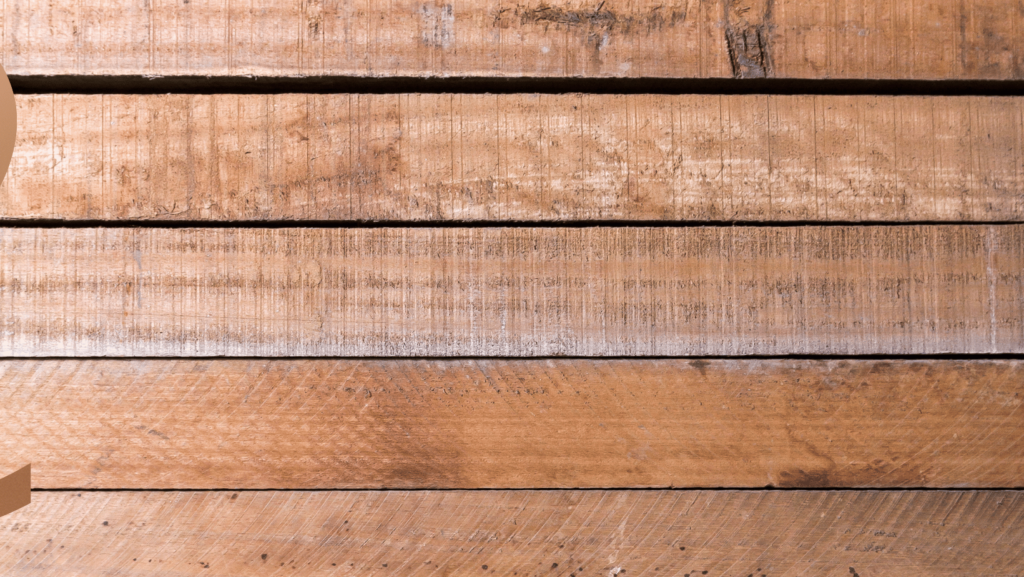Lumber is a general term that encompasses timber or any other material used for the construction or fabrication of furniture and other structures. However, if wood is left uncoated, it becomes prone to diseases such as rotting, decaying, and insect damage, among others, within a short time when exposed to extreme weather conditions. There are specific problems that can arise in the regular use of wood. These have been addressed by treating the wood so that the latter’s lifespan is greatly enhanced.
What is Treated Wood?
Chemical preservative treated woods can be referred to as woods that have been saturated with chemicals that can retard the rate of decay as well as prevent insect damage to the wood. The preservatives used include:
– Copper azole –Antifungal compound consisting of copper and tebuconazole fungicide to protect against rot and decay fungi. This type is commonly used in constructions of houses and other residential properties.
– Copper and quaternary ammonium compound (ACQ) – It is an alkaline copper that contains a fungicide. It offers the protection of attacks from termites and any form of fungal decay.
– Creosote – This coal tar organic preservative can penetrate wood and protect it from moisture, fungi, and termites. They are applied in phone posts, rail sleepers, and dock pillars.
The treatment compels the protective chemicals to rightfully and forcibly penetrate the pores of the wood. This ensures robust and consecutive protection from one piece of wood to another and not just the outer layer.

How is Wood Treated?
The most common wood treatment processes are:
Pressure Treatment
– Pushes the preservatives hard into the pores of wood to ensure even absorption. In the next step, the wood is subjected to pressure by entering the pressure chamber, and the preservatives are introduced. Pressure is exerted up to 150 psi to result in the chemicals penetrating through the cell walls of the wood.
Dip Treating
– One which is less time-consuming, where woods such as pine, which are not very hard-wearing, are submerged into the preservative tanks just long enough to allow the preservative to slightly penetrate the outer skin. Provides basic protection.
Why Treat Wood?
There are several compelling reasons to treat lumber and wood materials:
1. Protect the Structure – Treatment preserves parts of a structure susceptible to wear and tear through weathering, rotting, and pest infestation. Sometimes, lifespans can be extended three times or even more.
2. Practical Avoidance – Replacing the defective, unsafe wood is costly and time-consuming. Treatment saves money long-term.
3. Safety Improvement On Structures – Defective wood reduces sturdiness and may collapse, leading to various accidents and property destruction. Processing turns wood into something more likely to be sturdier and safe.
4. Recycle – As a long-life product, preserved wood remains in the waste stream for more extended periods than other waste products.
Differences Between Treated and Untreated Wood
There are a few critical differences between lumber and plywood that have undergone preservation treatment versus standard untreated wood:
Appearance
Sapstain in treated timber is greenish, brown, or reddish as a result of the chemicals applied. Untreated wood retains its original color and texture while also staying smooth to the touch.
Weight
The preservatives infiltrated into the wood cells add approximately 3-5 percent to the total weight per board foot for pressure treatment.
Price
Treated wood costs slightly more than the untreated version when bought initially. Still, the longevity and savings on maintenance costs make it financially worthwhile in the long run.
Maintenance
The protected wood will not require maintenance other than cleaning for many years, while the untreated wood will require to be sealed, stained, inspected at frequent intervals, and ultimately replaced.
Environmental Friendliness
It should be noted that some wood preservative chemicals are not safe since they may leach out, resulting in toxicity. The newer alternatives, like copper azole, are comparatively less toxic and are not as dangerous to the environment as the older remedies.
Treated wood can be used in a number of applications. Still, it is most commonly used in construction, outdoor projects, and other projects where water, moisture, insects, and fungi are a potential threat to the wood.

The Use of Untreated Wood When it is Acceptable
Untreated wood is suitable for indoor uses or applications where weatherizing is not a concern:
Furniture that includes bed, table, cabinets, and others.
Flooring, door, and walls and frames
Fantasy/crafts/decorations (it can be sealed)
Non-structural structures such as garden furniture, ornaments, and other paraphernalia.
Thus, the treated wood can prove to be more durable and resistant in the right conditions, while the untreated wood can be cheaper and environment-friendly for the conditions that do not require high wear-resistance and that require minimal processing. It is thus advisable to consider the use intended and the surrounding environment when deciding which type to employ.
Conclusion
The main distinctions between treated and untreated wood are the longevity, frequency of maintenance, influence on environment, appearance and price. Copper azole and ACQ are infused with chemicals, putting preserved wood in a position of resistance to weather, pests, and rot, while untreated wood is still at the mercy of these factors. Even though it is costly initially, treated lumber has better stability, strength, and durability and is ideal for outdoor, ground, or wet use compared to untreated lumber. However, for furniture and other items meant for indoor use or for making craft items and garden ornaments, untreated timber is quite suitable. The exposure environment and the specific application of the wood determine the best course of action when faced with the two types of wood.